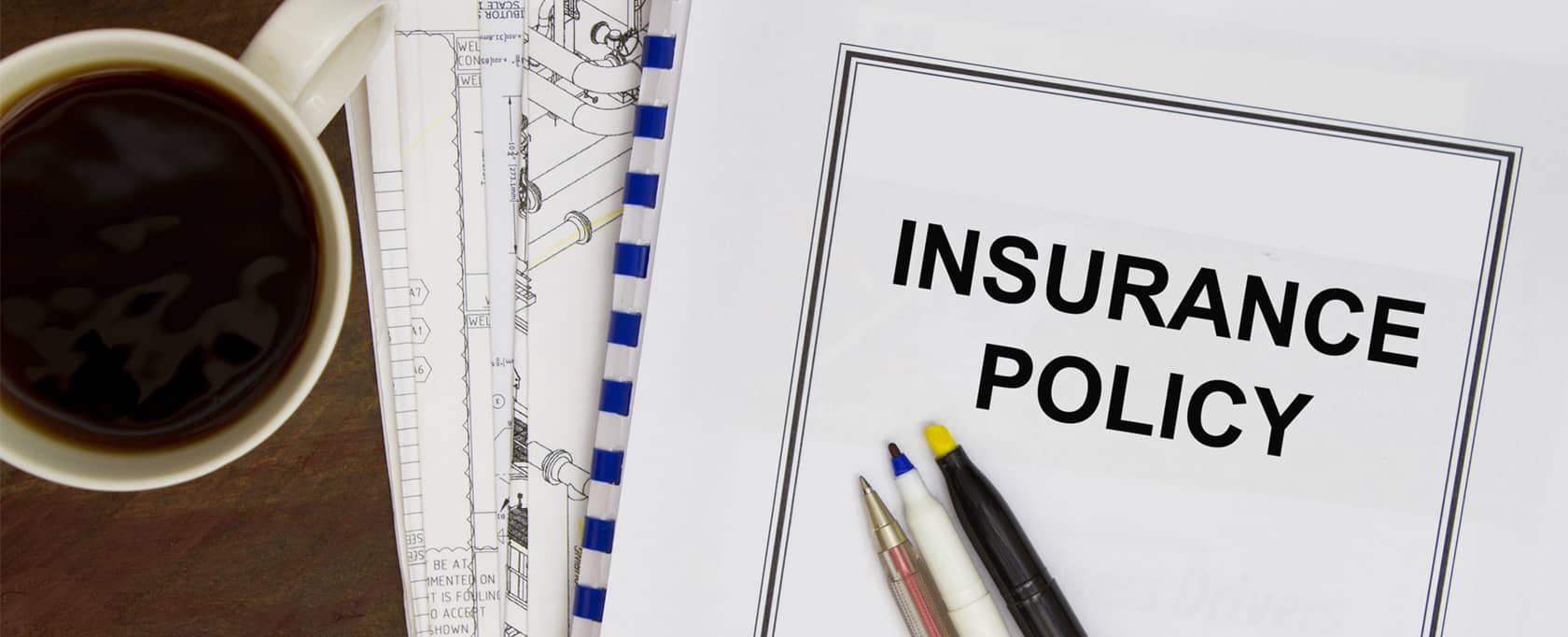Additional Living Expense (ALE) is included in most homeowners policies. Here’s what you need to know…

Homeowners, condominium, and renter’s insurance policies generally include Coverage D. Although specific coverages vary based on your individual policy, the following types of expenses are typically reimbursable:
- Temporary housing such as a hotel for short term or a rental apartment or home for longer stays
- Meals beyond the cost of your family’s “normal” grocery or restaurant bills
- Storage rental and/or associated moving costs
- Pet boarding if pets are not allowed by the hotel or apartment complex
The word “additional” is key to understanding this coverage, which is designed to reimburse you for the expenses incurred above and beyond what you usually spend to live in your home. It is important to keep all receipts for these expenses, as documentation will be required.
Carefully review your policy’s Additional Living Expense limits and options with your insurance agent before disaster strikes, to be sure you are covered. Keep in mind that flood policies through the National Flood Insurance Program do not include Additional Living Expense or “Loss of Use” coverage. However, a Private Flood Program Policy available through Tower Hill provides up to $5,000, with an option for $10,000, of Additional Living Expense coverage.